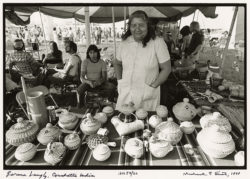Geography
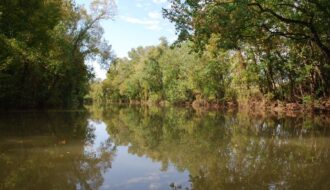
Bayou Teche
Before railroads and highways, Bayou Teche served as an important transportation route deep into the fertile interior of south-central Louisiana.

Before railroads and highways, Bayou Teche served as an important transportation route deep into the fertile interior of south-central Louisiana.
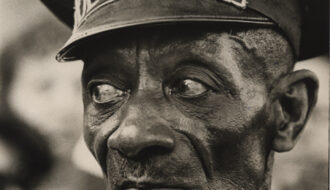
The brass band has come to represent the distinctiveness of New Orleans, most notably in the African-American cultural traditions of the jazz funeral and the second line parade.
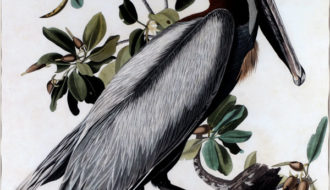
Declared locally extinct in 1963, the brown pelican population rebounded in the state due to efforts by the Louisiana Department of Wildlife and Fisheries.
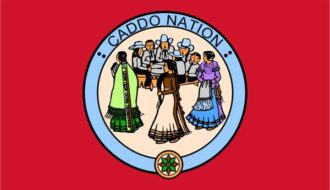
The Caddo people, who began to inhabit the Red River valley approximately 2,500 years ago, were eventually pushed out of their traditional territory by Anglo-American immigrants.

Caddo people began to inhabit the Red River valley approximately 2,500 years ago.
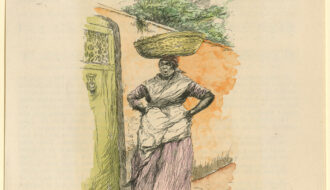
Fried rice cakes known as calas were once ubiquitous among New Orleans street vendors.
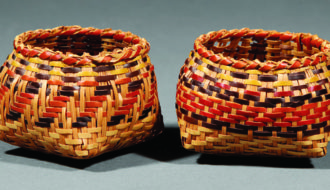
Deeply rooted in the history, spirituality, and daily activities of the Chitimacha people, basketry remains a visible expression of the Chitimacha Indian tribe’s culture and tradition.
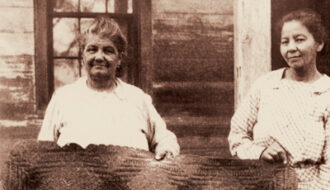
The Chitimacha Tribe is the only federally recognized tribe in Louisiana to still occupy part of its ancestral territory.

The Chitimacha Tribe is the only federally recognized tribe in Louisiana to still occupy part of its ancestral territory.
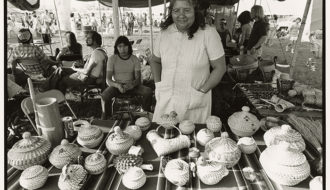
The skills of the Coushatta Tribe’s contemporary basket weavers have elevated this centuries-old utilitarian craft to a highly valued art form showcased in private and museum collections nationwide.

The Coushatta Tribe of Louisiana is the largest of four federally recognized tribal governments in Louisiana.

The Coushatta Tribe of Louisiana is the largest of four federally recognized tribal governments in Louisiana.
One-Year Subscription (4 issues) : $25.00
Two-Year Subscription (8 issues) : $40.00
